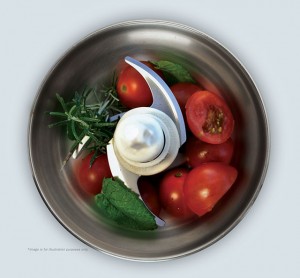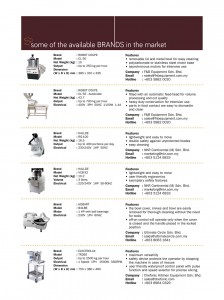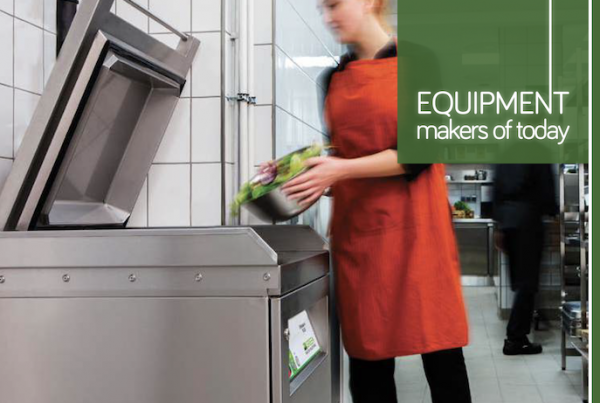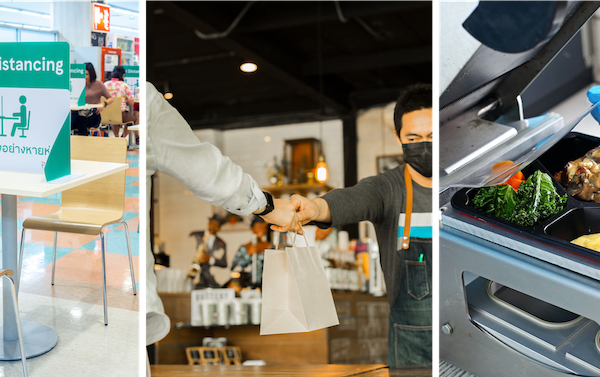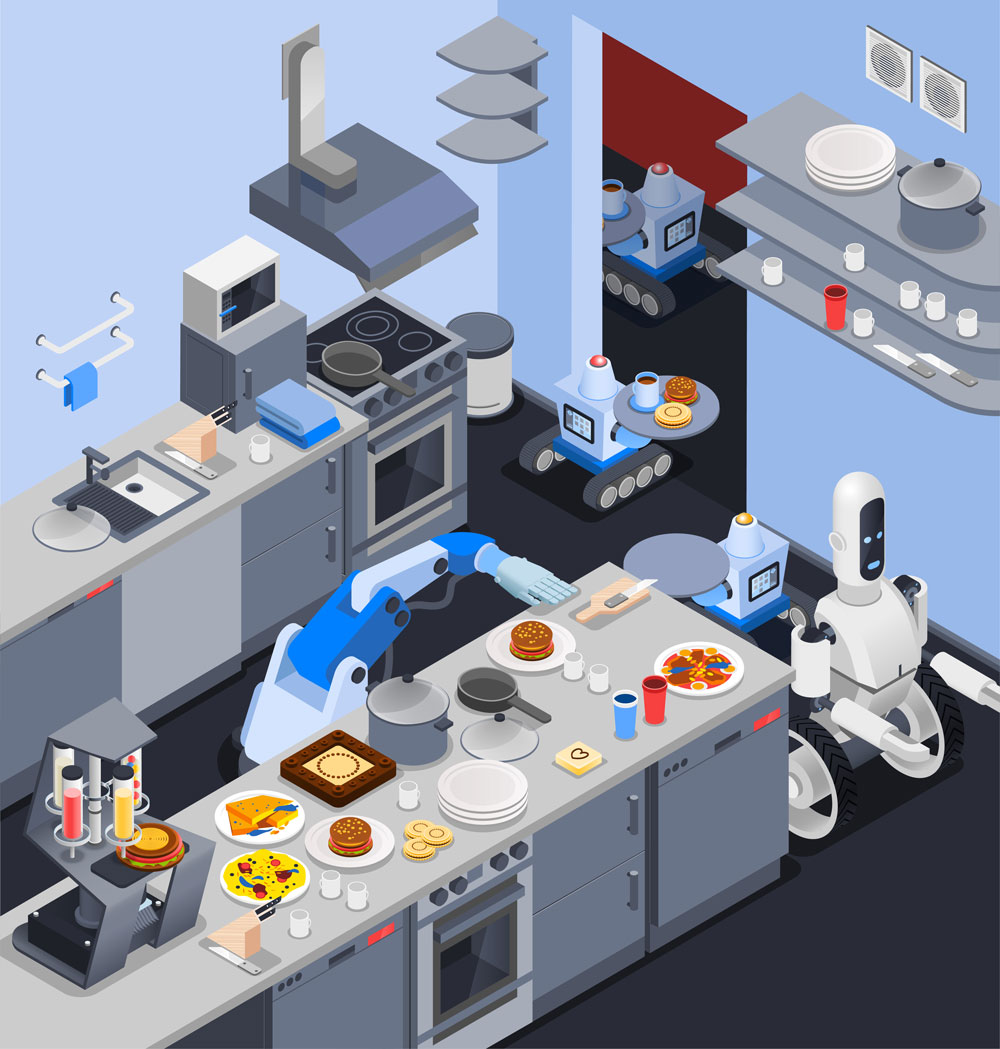Electric-powered cutters are able to chop, dice, slice, shred and julienne vegetables and fruits with uniformity and in a range of sizes to suit different uses, just by a switch of a cutting blade, for example, larger size for sautéing and a smaller dice to be used as garnish. When looking for a cutter, consider:
SIZE AND CAPACITY OF MACHINE
Choose the machine that can produce the capacity that you need. You want a sturdy machine with a wide and heavy base because the torque of the motor is at times strong enough to cause the machine to move round or vibrate if the body of the machine is not big enough. However, if you use a cutter only at intermittent periods, it is alright to purchase a lighter and smaller one.
HORSEPOWER
How long will the cutter be expected to run daily? And how much produce will you want to process at each time? A good machine is able to sustain operating up to a certain amount of time without overheating. Make sure that the motor has a manufacturer’s warranty.
CUTTING BLADES
These discs should be easy to fit and clean. The general blades provided are usually for mincing, chopping, grating, slicing and dicing. Some manufacturers produce blades to be adjustable for flexibility in cutting items to a precise size. Most cutters come with the standard blades with other blades sold separately, which you can consider purchasing as and when you need them. To maintain a good cutting result, a sharp edge is required, check with the manufacturer if they sell blades with replaceable knifes and plates.
CONTROL PANEL
Operating a cutter only requires minimal knobs or buttons – usually a switch on/off and/or pulse function. Touch pads
help prevent grime sticking on knobs while mechanical knobs are likely to react faster and are not as sensitive as electrical switches.
COLLECTING BOWL
The size of the bowl should be large enough to process suitable batches for the need in each kitchen. A too small one might result in having to repeat cycles, taking up time. Bowls are commonly made out of polycarbonate plastic or stainless steel and both material are durable, easy to clean and dishwasher safe. However, over time the plastic material will scuff and it becomes hard to see what is inside, but replacement bowls are available.
CUTTER LID
A secure lid is a must, which goes without saying. What is probably more important is the size of the feeder. The diameter of the opening determines whether you need to pre-cut the items before inserting them into the machine. You might also want to look for tube feeders that have an additional smaller tube in the middle which helps in inserting narrow food items such as cucumber or carrots. There are different models, smaller ones that cut into a bowl and larger machines that has an outlet and can process continuously.
Tips and Advice
 MALIN ANNEBÄCK BOUDET
MALIN ANNEBÄCK BOUDET
HALLDE – Marketing Director
“Start by asking some essential questions. How much do I want to cut? What products will I process, big or small? Avoid time consuming pre-cut by choosing a suitable model in terms of size of the feed opening. What cutting result do I want and in what dimensions? Always make sure the edges of the knife blades are sharp and preferably exchangeable.”

